With its flat countryside, stunning nature parks, green meadows, canalside paths, seaside vistas and cyclist-friendly villages and cities, it is no wonder that the Netherlands has more bicycles than inhabitants. Peter de Lange – a bicycle enthusiast who knows the bicycle routes through the country like the back of his hand – has created a book that not only explains how cycling became an intrinsic part of Dutch culture, but also makes it impossible for those who did not grow up on spokes and saddles to resist the urge to join the locals – from primary school children to prime ministers – on the more than 37,000 kilometers of bicycle paths that criss-cross the country.
In the Netherlands, bicycles are for everyone – tall people, small people, people with physical challenges, racing enthusiasts – and they are welcome everywhere; ranging from Veluwe National Park, where you can pick up a bicycle for free to roam its extensive woodlands and heaths; to fietscafés, where you can meet people who share your passion; to the foundation Vrienden op de Fiets, which offers a network of cheap and welcoming places throughout the country to spend the night, exclusively for cyclists and hikers.
Throughout the book you are treated to a feast of photographs showcasing the beloved wheels of the Dutch, while forty pages are dedicated to a selection of the most beautiful cycling routes in the Netherlands, ready and waiting for you to explore!
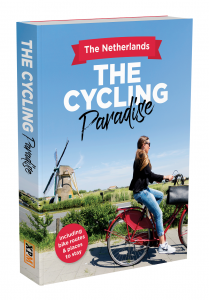 Published by XPat Media Publishers
Published by XPat Media Publishers
Price: €17.50
Paperback with flaps
160 pages
richly illustrated with more than 200 photos
17 x 23 cm
ISBN: 978 94 6319 2279
Preview
To order this book please go to Hollandbooks.nl
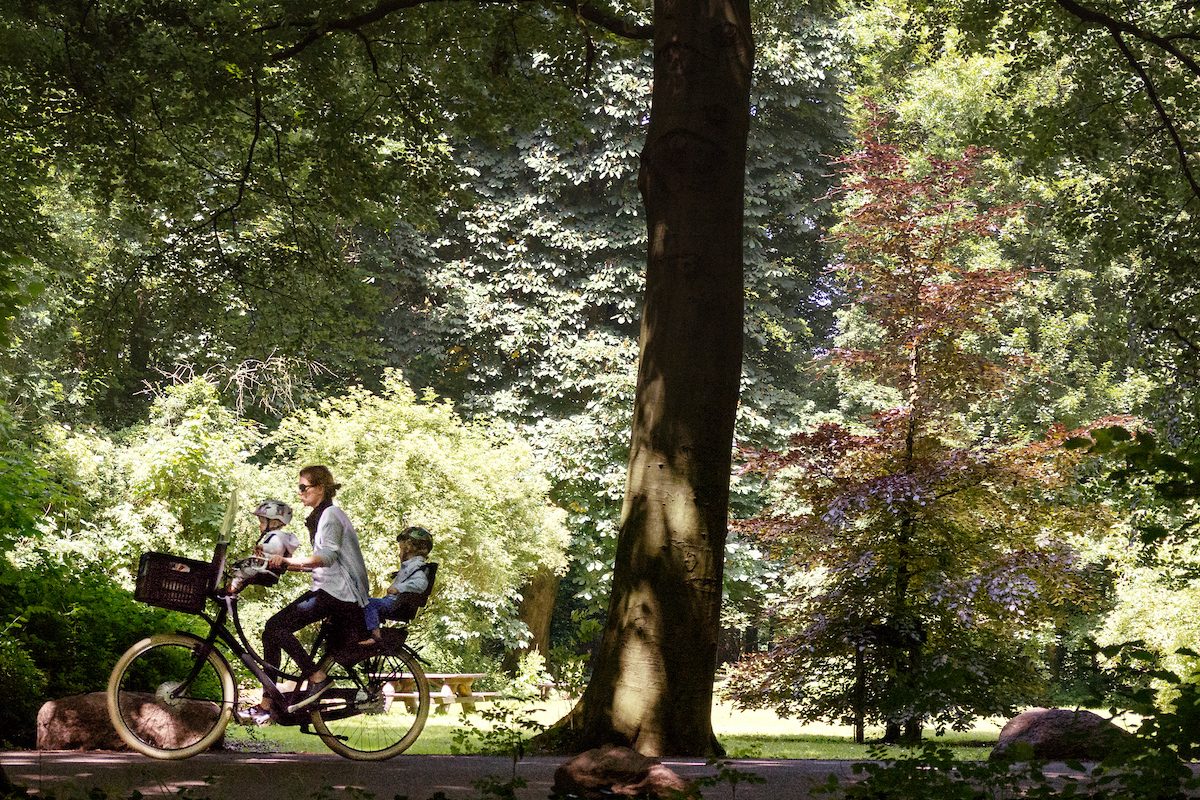

 More egalitarian and individualistic cultures have developed a more conceptual learning style, requiring students to apply their knowledge in different situations
More egalitarian and individualistic cultures have developed a more conceptual learning style, requiring students to apply their knowledge in different situations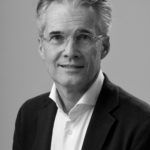 Jan Vincent Meertens is author, consultant and coach specializing in cross-cultural interaction. He is chairman of the
Jan Vincent Meertens is author, consultant and coach specializing in cross-cultural interaction. He is chairman of the 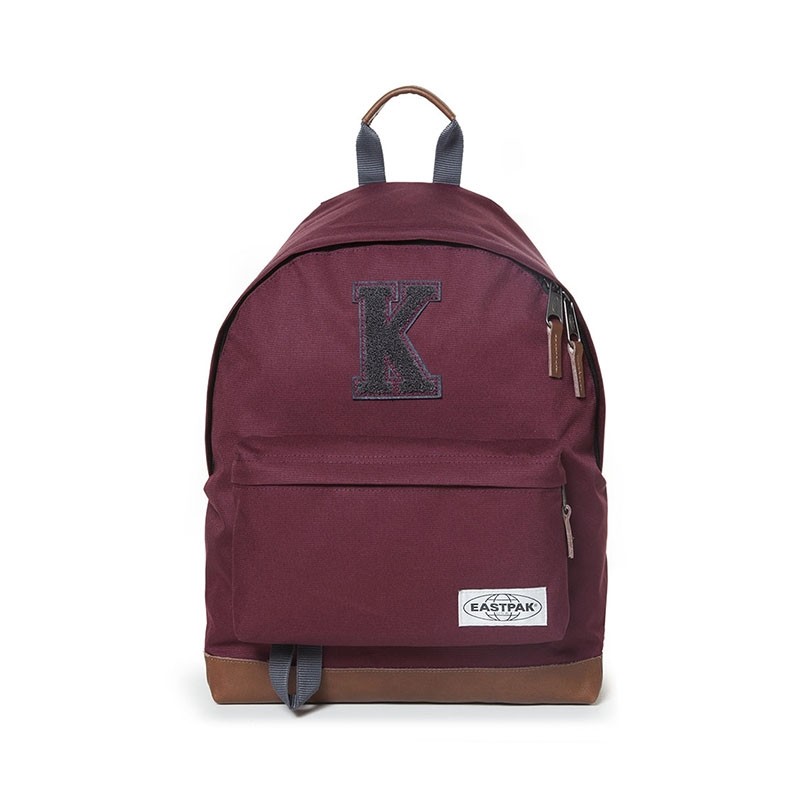

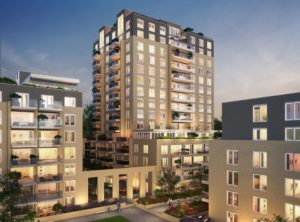 “De Stadhouders” are named after several important Stadtholders from the 17th century. The project is being constructed right on the border of the popular Statenkwartier and Duinoord city districts, which is one of the most sought-after living and working locations in The Hague. This new residential complex consist of three buildings, one for each of the Stadtholders. The inner courtyard will be transformed into a green and car-free city square. Apartments in the tallest of the three buildings, Frederik Hendrik, are currently up for sale, while the other two buildings will be developed over the next year. In total, 260 new homes are planned in this development, all combining the luxury of a hotel with the relaxation of your own space. The apartments, which are on offer in a range of sizes, are characterised by spacious living areas and beautiful panoramic views of the city and the beach. All feature a Bulthaup kitchen, two bathrooms and have their own parking and storage facilities.
“De Stadhouders” are named after several important Stadtholders from the 17th century. The project is being constructed right on the border of the popular Statenkwartier and Duinoord city districts, which is one of the most sought-after living and working locations in The Hague. This new residential complex consist of three buildings, one for each of the Stadtholders. The inner courtyard will be transformed into a green and car-free city square. Apartments in the tallest of the three buildings, Frederik Hendrik, are currently up for sale, while the other two buildings will be developed over the next year. In total, 260 new homes are planned in this development, all combining the luxury of a hotel with the relaxation of your own space. The apartments, which are on offer in a range of sizes, are characterised by spacious living areas and beautiful panoramic views of the city and the beach. All feature a Bulthaup kitchen, two bathrooms and have their own parking and storage facilities. 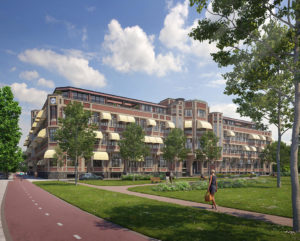 The beautiful and monumental Berlagehuis in the heart of The Hague is in the process of being completely transformed into a residential accommodation. As a national heritage site, the building benefits from a stunning entrance hall, beautiful communal areas and high ceilings with interesting architectural details. The 57 stunning new homes will preserve the exceptional qualities of the building. Every home will be unique and will be available as town houses, apartments and penthouses. Parking is available on the site. There is even an opportunity for new homeowners to purchase a separate studio or atelier in the building, perfect for people who want to pursue a creative lifestyle or who want to have extra storage space or lay down an extensive wine cellar! Of course, the location of the Berlagehuis in the heart of the city is perfect, as it is close to all amenities. Access to public transport is good and motorway connections are within easy reach.
The beautiful and monumental Berlagehuis in the heart of The Hague is in the process of being completely transformed into a residential accommodation. As a national heritage site, the building benefits from a stunning entrance hall, beautiful communal areas and high ceilings with interesting architectural details. The 57 stunning new homes will preserve the exceptional qualities of the building. Every home will be unique and will be available as town houses, apartments and penthouses. Parking is available on the site. There is even an opportunity for new homeowners to purchase a separate studio or atelier in the building, perfect for people who want to pursue a creative lifestyle or who want to have extra storage space or lay down an extensive wine cellar! Of course, the location of the Berlagehuis in the heart of the city is perfect, as it is close to all amenities. Access to public transport is good and motorway connections are within easy reach. 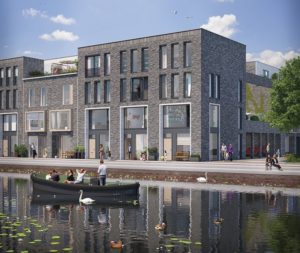 Binck Plaats (Binck Place) is part of a larger development project in the Binckhorst, situated on the side of Voorburg. The site, which was previously home to a large industrial warehouse complex, is to be transformed into 46 spacious family homes. The homes vary in living space between around 164 m2 and 186 m2 across three or four levels.
Binck Plaats (Binck Place) is part of a larger development project in the Binckhorst, situated on the side of Voorburg. The site, which was previously home to a large industrial warehouse complex, is to be transformed into 46 spacious family homes. The homes vary in living space between around 164 m2 and 186 m2 across three or four levels.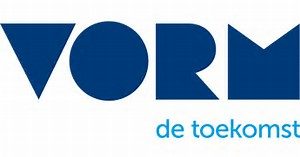

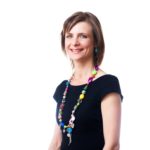 ABOUT THE AUTHOR
ABOUT THE AUTHOR